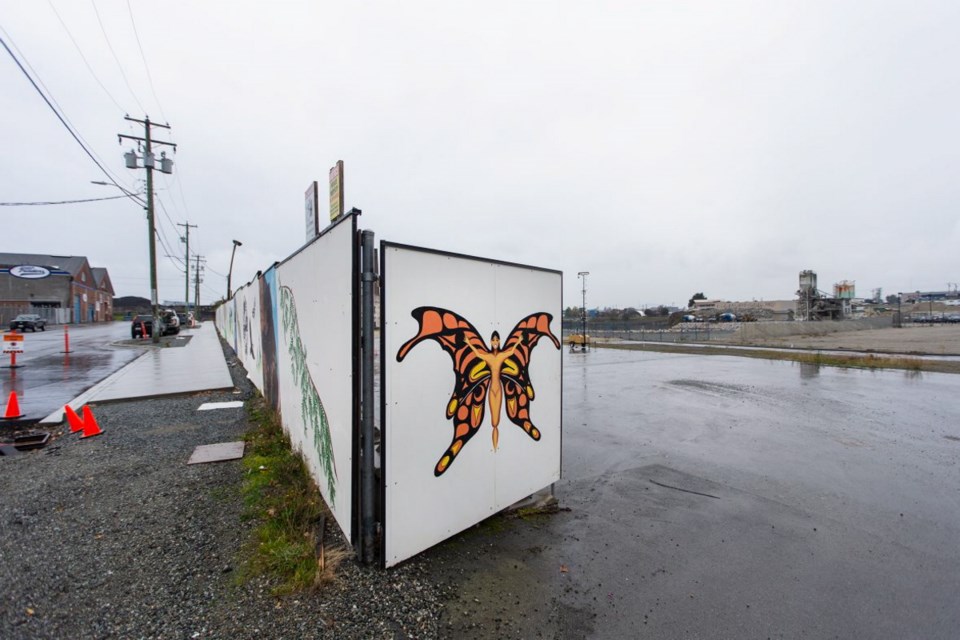It has the potential to be a jewel in Victoria’s crown, but it could be another six months before there is any detail available on how the former B.C. Hydro lands at Rock Bay could be shaped.
Retired developer Bob Mason, who is shepherding a project to determine the potential uses of the 7.5 acres of land in Rock Bay on behalf of the Esquimalt and Songhees First Nations, said the due diligence process takes time.
“We will make our final decision in the spring,” said Mason.
They are in the midst of engineering studies on the site to determine what it can handle as well as coming to grips with the market, the politics of the city and creating a workable business plan, he said.
“It is a magnificent piece of property,” said Mason.
The First Nations’ corporate entity, Matullia Holdings, has until March 2020 to close on a deal to purchase 4.5 acres of the site in Rock Bay from B.C. Hydro.
That property is adjacent to a three-acre parcel that was transferred to the First Nations from the federal government in 2016.
The entire property is vacant, recently remediated land bordered by the harbour to the west, Government Street to the east, Bay Street to the north and Pembroke Street to the south.
“It is a special piece of property for Victoria. It’s a property that basically hasn’t been in circulation [since the 1940s],” said Mason. That’s because for decades it has been fenced off, and was at one point considered one of the most contaminated industrial sites in the province.
It was once home to a coal gasification plant that helped power Victoria until the 1940s. It cost close to $140 million in public money and took a dozen years to clean the site.
About 290,000 tonnes of contaminated sediment was hauled from the area.
Mason said while they have not yet determined what a developed site could look like, or what kind of mix they would consider, it could be a defining feature for the city, such as the False Creek area in Vancouver.
He said to this point they have not entertained partnership offers, because until they finish exploring the site’s potential they wouldn’t be able to respond.
Mason said he expects they will eventually field a variety of partnership opportunities to develop parts or all of the site, but he noted there is a complication to any kind of deal.
“There’s no doubt in my mind there’s a lot of market pull, but I have to find a market in which my clients can own the property,” he said. The First Nations intend to hold onto the land, which is the traditional territory of the Lekwungen people.
“So we have to figure out how they can own it for a long period of time,” he said.



